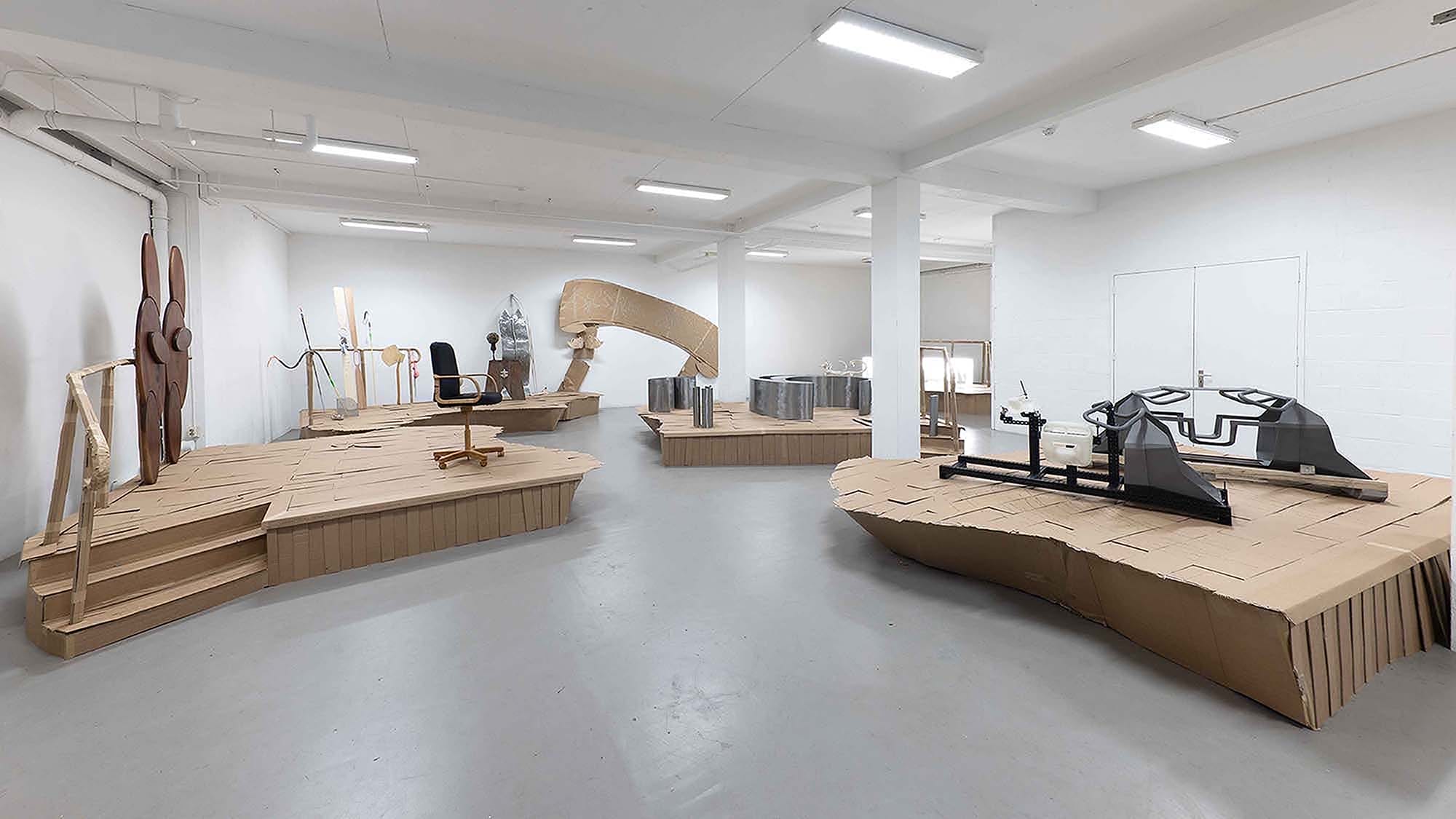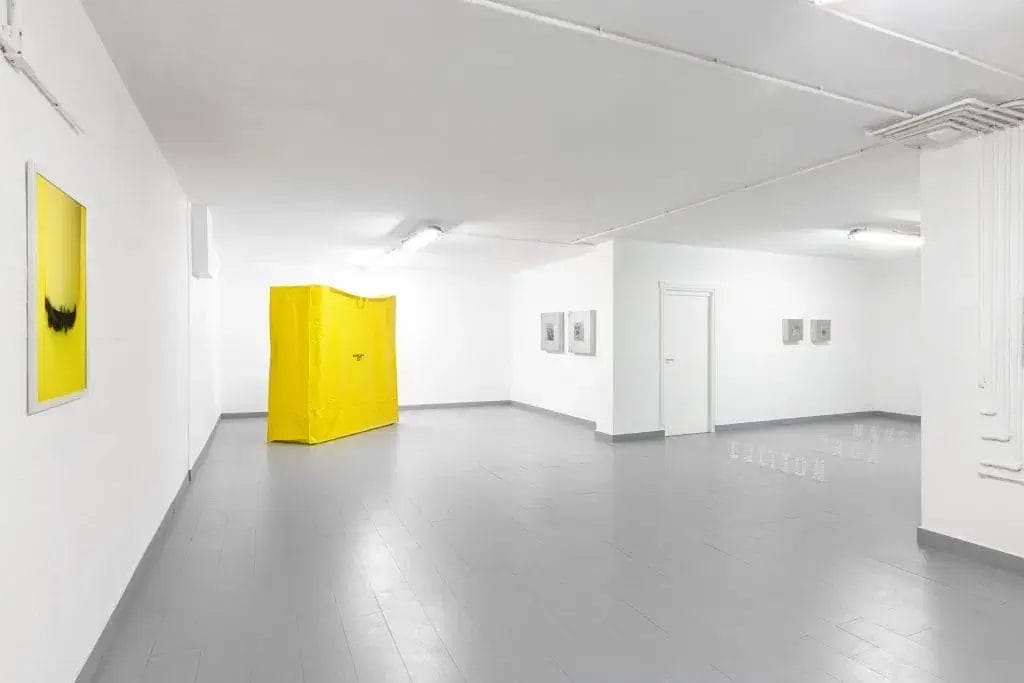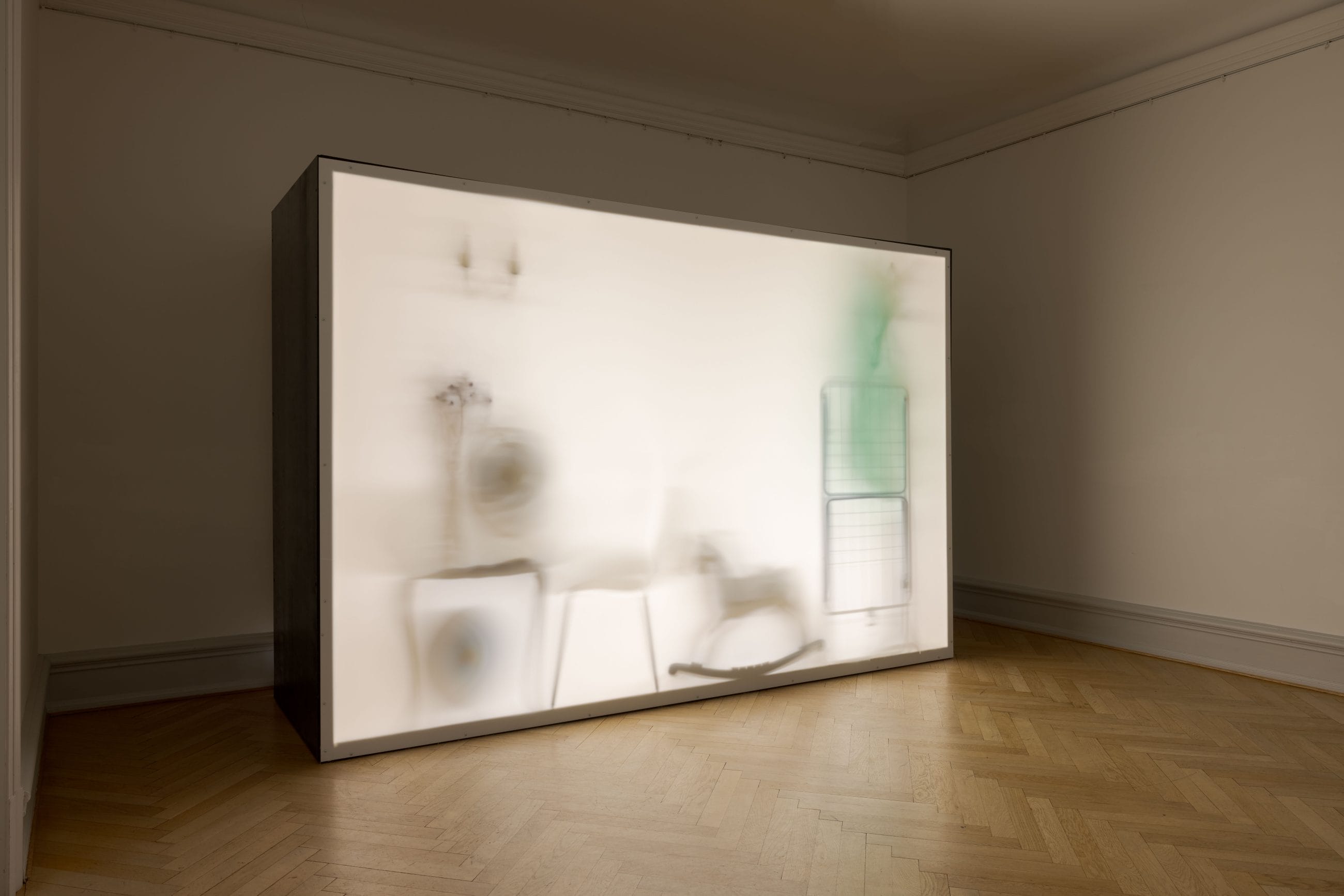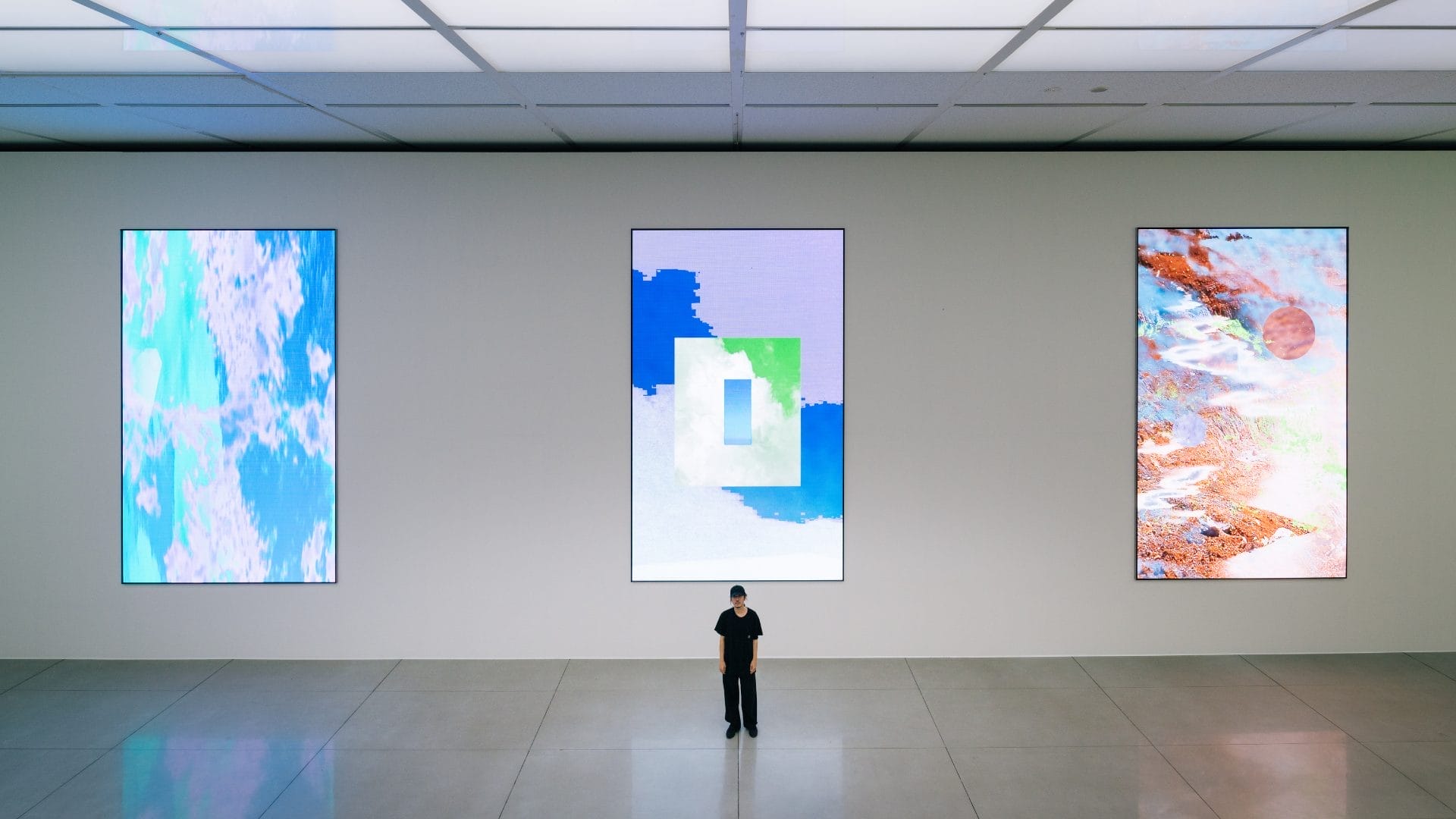
FW Spotlight: Top Submissions of September
We came across this quote from Félix González Torres in an interview: “Art is an act of generosity, a gesture you release into the world.” While this idea may seem straightforward at first glance, it conceals deeper layers of meaning that merit closer examination. González Torres speaks not just of material or tangible generosity, as seen in his well-known candy installations, but of a conceptual generosity, a gesture that dissolves the boundaries between artwork and audience, between creator and viewer.
This “release” is emblematic of a deliberate mechanism that challenges notions of ownership and permanence. In a context where contemporary art is often perceived as a commodity, González Torres subverts this logic: his works not only resist permanence but openly invite dispersal and dissolution, both as a political and poetic act. What the wider public may interpret merely as interactive or participatory, in fact, reveals a deeper critique of the commodification of art.
Moreover, his generosity extends beyond the act of giving; it’s an exploration of time and memory, where the artwork exists through its gradual disappearance. It is not merely a matter of handing over material, but a gift of experience, entrusted to processes of disintegration and reconstruction within collective memory. González Torres reminds us that the work doesn’t end with its exhibition; it lives and transforms in the consciousness and recollections of those who engage with it. Art also resides in its documentation, and in the ability to document it, as evidenced by his renowned works, of which only photographs remain.
In this way, the ephemeral nature of his works is inseparable from the photographic medium and the necessity of bearing witness. The act of documenting becomes an integral part of the work itself, preserving the memory of what no longer physically exists, and raising new questions about the relationship between art and archive.

This month, we journey through five exhibitions that reflect the complex interplay between memory, materiality, and modernity. Each exhibition engages with deeply rooted themes of human experience, from the visceral dialogues between artist and material to the weary psyche of late-modern society, and the fragile yet enduring nature of collective memory. These exhibitions, though geographically dispersed, connect through their shared exploration of the individual’s relationship to time, space, and self.
At Well Projects in Margate, Joe Moss’s That’s the world I’m going to send you to! (03/08/2024 – 08/09/2024) invites viewers into a fragmented yet cohesive exploration of time, materiality, and the digital age. Moss’s approach to mosaic art is not a simple celebration of classical techniques; it is a dialogue between the ancient and the hypermodern. Through the fusion of marble fragments, cut cardboard, 3D-printed miniatures, and recycled materials, Moss creates a temporal collage where the past and present collide.
At the center of the exhibition is a pair of digitally rendered avatars, immortalized in monochromatic mosaic, their figures intertwined as if they had collapsed into one another, folding their worlds into a single, dense moment. This visual metaphor echoes the exhibition’s broader theme, inspired by a line from the video game Final Fantasy VIII, where Ultimecia, the antagonist, threatens to compress all time and space into a single instant. Moss takes this idea and translates it into a material exploration—juxtaposing fast, ephemeral digital processes with the slow, enduring craft of mosaic.
The exhibition space itself becomes a conduit for these contrasts. As viewers, we are asked to navigate between the lightness of virtual symbols and the physical weight of traditional craftsmanship. Each piece operates as a waypoint, a node on a compressed timeline that connects ancient protective symbols with the hyper-productivity and information overload of contemporary life. Moss’s work offers a reflection on how digital culture and physical history intermingle, asking: what happens when the eternal meets the instantaneous? In That’s the world I’m going to send you to!, the result is a thought-provoking meditation on how we experience, process, and reinterpret the layers of time and material around us.

From the physicality of Yavuz’s sculptures, we are catapulted into the weariness of contemporary life in “Are You Tired?” (10/08/2024 – 01/09/2024), an exhibition by Manuel Esposito and Mattia Ragni at Spaziolalepre, Tortoreto Lido. Here, the weight of hyper-productivity and capitalist demands on the human psyche takes center stage. Drawing inspiration from Byung-Chul Han’s *The Society of Weariness*, the artists dissect the malaise of the modern individual—trapped in a cycle of endless competition, consumption, and performance. Esposito’s works, with their ironic and satirical edge, expose the absurdity of a society obsessed with productivity, while Ragni’s explorations of mass media and advertising reveal how deeply consumerism distorts reality. Ragni’s stainless-steel cuts, reflecting images found on streets and billboards, serve as a mirror to our fragmented sense of self. In a world where the image is king, his work compels us to question what lies beneath these glossy veneers. This exhibition is not just a critique of modern society; it’s a call to arms for those weary of the relentless drive for more. The exhibition leaves us pondering: can stillness, or even inaction, be a form of resistance in a world that demands constant motion?

Memory, fragile and mutable, takes the stage in Copenhagen with “Vivavoce” by Davide Hjort Di Fabio (15/08/2024 – 16/09/2024). At the Istituto Italiano di Cultura, Di Fabio transforms his grandmother’s recollections of war into a visceral, embodied experience. The exhibition’s title, “Vivavoce,” plays on the dual meaning of speaking from mouth to mouth, both as oral history and the modern speakerphone function. Di Fabio’s works capture the transient nature of memory—the way stories, once spoken, shift and blur like the scanned images of his grandmother’s photos, printed so that the toner distorts the familiar figures. His use of ceramics and shadows echoes this theme of distortion; the forms are never fully clear, much like memories, which over time lose their sharp edges. In the ceramic relief *Muro*, a cast of Di Fabio’s torso evokes the rock walls of the caves his grandmother once sheltered in, blending body and history. The entire exhibition evokes a haunting intimacy, as if we are peering into the past through a clouded window, unable to see clearly but profoundly affected by what we sense. Here, memory is not a passive recollection but a living, breathing entity that evolves with each retelling. In “Vivavoce,” we are reminded that memory is as much about what we forget as it is about what we remember.
The entire exhibition evokes a haunting intimacy, as if we are peering into the past through a clouded window, unable to see clearly but profoundly affected by what we sense. Here, memory is not a passive recollection but a living, breathing entity that evolves with each retelling. In Vivavoce, we are reminded that memory is as much about what we forget as it is about what we remember. This dynamic quality of memory—its ability to shift, blur, and adapt—finds an unexpected resonance in the exhibitions that follow, where themes of pressure, convergence, and technological alienation come to the fore.

In “PRESSKUCHEN: Pieces Under Pressure”, a group show curated by Oliver Bleckmann and Arvid Jansen at Amsterdam’s P////AKT Foundation (14/09/2024 – 28/09/2024), memory and materiality become intertwined through the act of staging. This traveling exhibition, moving across cities from Leipzig to Graz and now Amsterdam, captures the tension between artistic freedom and the pressures of commercialized art production. The title, Presskuchen, a German term for residual material pressed into a solid mass, mirrors the exhibition’s exploration of how artists are compressed by external forces, yet remain uniquely creative within these constraints.
Here, the stage itself becomes a metaphor—both a physical platform and a conceptual framework—where the artists’ work navigates the fine line between conformity and subversion. The structural elements of the installations are deliberately exposed, emphasizing the artificiality of the gallery as a space where art is both produced and consumed. Each artist—Tereza Kalousova, Zwaantje Kurpershoek, Rosa Shepherd, Oliver Bleckmann, and Arvid Jansen—brings a unique voice to this narrative, yet together they create a cohesive, almost theatrical performance of resistance. The absence of a unifying theme allows for a kind of creative liberation, yet the underlying commentary on the pressures exerted by the art market and societal expectations remains palpable. The exhibition space becomes a battleground where the fragility of artistic expression is both celebrated and interrogated. Much like the delicate process of forming memories, these works reveal how creation itself is a response to invisible but ever-present forces.

Moving from the stage-like dynamism of Presskuchen to the subtle, almost imperceptible dance between nature and technology in “Converging Elements”, curated by Milo Keller at Backshop, Berlin (11/07/2024 – 15/07/2024), we encounter another facet of memory: the convergence of disparate elements that, while seemingly oppositional, are intimately connected. The exhibition presents works by Nikolai Frerichs, Clemens Fischer, Yumo Wu, Moritz Jekat, and Ilse Kind, each of whom engages with the delicate balance between natural and artificial worlds.
In Converging Elements, technology does not simply dominate nature; it mirrors it, interacts with it, and even mutates alongside it. Clemens Fischer’s unstable assemblages of ancient wood, which autonomously produce images, evoke the haunting idea that even the most primitive materials can take on a life of their own, shaped by the relentless march of technological progress. Yumo Wu’s negative photographs, which appear positive to the human eye, play with perception and the fragility of human memory. These works remind us that the line between what we see and what we remember is often blurred, much like the evolving interplay between nature and machine.
Nikolai Frerichs’ sculptures, resembling teeth growing uncontrollably on fragile canvases, point to a disturbing contradiction: technology, the agent of destruction, is also our potential savior. In this, we see echoes of memory—both a force that can distort and preserve. Moritz Jekat’s 3D-printed emotions, juxtaposed against an avatar embedded in home-like structures, question the artificial construction of feeling. What is real when emotions can be printed, and how does this alter our understanding of memory, identity, and human experience? Finally, Ilse Kind’s humanized surveillance systems disturb the boundaries between observer and observed, reminding us of how we misinterpret each other’s realities, much like the fragmented recollections we hold.
fakewhale
Founded in 2021, Fakewhale advocates the digital art market's evolution. Viewing NFT technology as a container for art, and leveraging the expansive scope of digital culture, Fakewhale strives to shape a new ecosystem in which art and technology become the starting point, rather than the final destination.
You may also like
YOSHIROTTEN: Overflow and Motion in a Hyper-Optimized World
Japanese artist YOSHIROTTEN operates at the intersection of fine art, design, digital media, and imm
Charlotte Thrane, Everest Life at DISPLAY, Parma
Everest Life by Charlotte Thrane, curated by Ilaria Monti, at DISPLAY, Parma, 13.12.2025 – 25.01.2
Fakewhale Solo Series presents El Gato by Lola Dupre
Opening the Fakewhale Solos Series lineup for April 2024, Fakewhale Gallery is set to unveil “




